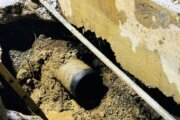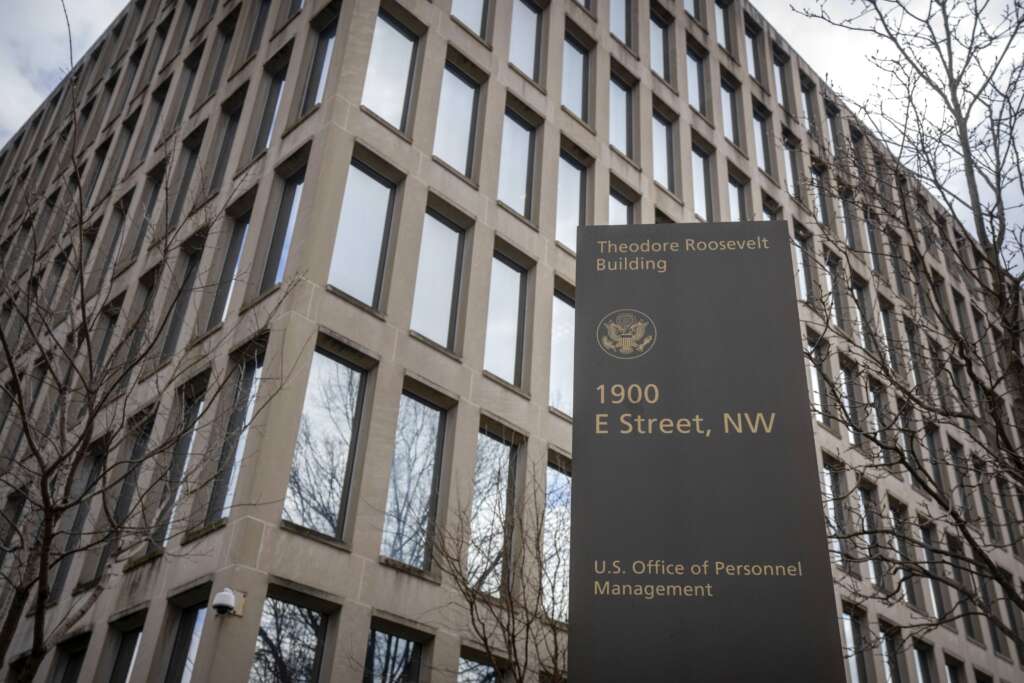America’s aging population is the key fact behind lots of investment ideas these days. One huge sector that benefits is health care, for the simple reason that more than a third of health care spending is for patients older than 65, according to the National Institutes for Health.
[Sign up for stock news with our Invested newsletter.]
One less-appreciated subsector is health care real estate investment trusts, or REITs, a dividend-focused way to cash in on the $4.3 trillion health care business. Some health care REITs own senior living centers, others may own medical office buildings or labs for biotechnology research. But like all REITs, they’re required to pay out 90% of their taxable income as dividends in order to hang on to tax advantages. That prods REITs toward slower, more disciplined growth strategies.
Health care REITs have the advantage of being less cyclical than REITs serving the office or hotel sectors, according to CFRA analyst Michael Elliott. And REITs focused on senior housing will benefit from 4.4% annual growth in the U.S. population aged 80 and over through 2030, as well as 5% yearly growth in health care spending, he added.
There aren’t many health care REITs, and they’re not foolproof. The National Association of Real Estate Investment Trusts’ list covers only 12 names that are publicly traded. And just four of them have delivered a positive total return for the last year, in a rising stock market, partly because of real estate’s heavy exposure to higher interest rates. But the five listed below are all positioned to deliver solid income and to benefit from demographic trends. Elliott says the industry has been working off a glut of senior housing that had built up as developers overestimated how fast Baby Boomers would demand it. (Boomers are now about 59 to 76 years old), and recovering from the COVID-19 pandemic, which hit many nursing homes hard.
“The sector is in favor right now as it is reaching a ‘pivot’ point, where strong demographic trends and improving pricing power within most industry subsectors should help accelerate the post-pandemic recovery,” Elliott said. “However, diving a level deeper into specific property types is important. The variance in performance this year is largely due to the specific sub-industry within health care (senior housing, medical office, life sciences), while company-specific factors such as debt levels also play a role.”
The income health care REITs offer isn’t notably different than those currently available on certificates of deposit, but they offer the potential for higher total returns as their real estate holdings appreciate and a glut of senior housing that built up during the 2010s is being reduced, Elliott said. Some of the best positioned include these five:
| REIT Stock | Trailing dividend yield, including nonregular payments (as of July 13) |
| Welltower Inc. (ticker: WELL) | 3% |
| Ventas Inc. (VTR) | 3.7% |
| Healthpeak Properties Inc. (PEAK) | 5.2% |
| CareTrust REIT Inc. (CTRE) | 5.5% |
| Omega Healthcare Investors Inc. (OHI) | 6.4% |
Welltower Inc. (WELL)
With a 3% dividend yield, this operator of senior housing, medical office buildings and skilled nursing facilities isn’t a super-high-income play, but its 2023 total return has been outstanding as the stock has climbed 19% this year. It still has a way to go to reach its post-COVID high of $96.23 a share (shares are around $80), but raised its 2023 profit guidance in May and again in June, saying that senior housing occupancy and pricing has risen more than forecast even as a looser labor market has produced lower-than-expected compensation costs.
Welltower also has relatively little debt coming due this year and next, reducing its refinancing risk in a higher-rate environment and winning plaudits from Standard & Poor’s and Moody’s for the company’s fiscal probity.
Dividend yield: 3%
[READ: 7 U.S. Manufacturing Stocks With Strong Dividends]
Ventas Inc. (VTR)
A Chicago-based owner of a wide range of medical real estate, Ventas’ 1,200 properties include nursing homes, senior living communities, research space, medical offices and more. Shares are up about 6% in 2023, but have declined over the last year, as well as over the last five years. Its yield is 3.7%.
The company slashed its dividend in the early days of COVID, to 45 cents each quarter from 79.25 cents. But with funds from operations, a measure of cash flow, running 50% higher than the amount Ventas pays as dividends, a boost back toward historical levels isn’t out of the question if the company can build on its 9% profit increase in 2022.
Dividend yield: 3.7%
Healthpeak Properties Inc. (PEAK)
The Denver company invests in life sciences facilities (think labs for biotech companies), outpatient medical buildings like doctor’s offices and same-day surgery clinics near big hospitals, and in continuing care retirement communities, which take residents from apartment living into nursing care as they age.
A caution: Shares have dropped 25% since just before the company’s fourth-quarter earnings report in February, which Elliott chalks up to skepticism about the life sciences real estate market and a decline in venture capital investment in biotech. With Healthpeak’s biotech space 98% occupied, however, this problem is not a major threat to the stock’s 5.9% dividend. And the stock may come back when the market for biotech IPOs and acquisitions improves, Elliott said.
“We think it’s unlikely that the bear case comes true,” Elliott said. “Occupancy is really high, and they don’t have many leases coming due. Plus their retirement communities and medical office space are performing.”
Dividend yield: 5.2%
CareTrust REIT Inc. (CTRE)
This California-based operator of skilled nursing, senior housing and other facilities is an example of a company delivering the total-return REIT strategy Elliott describes, with a stock price that has risen about 8% this year and 15% over the last five years — while also paying a 5.5% dividend. It has comfortably beaten the returns of the S&P Real Estate Index since late 2017, while falling short of the S&P 500, according to the company’s regulatory filings.
After selling off underperforming assets last year, the company looks to be in solid shape to maintain or boost its dividend over time. The $106 million paid in 2022 is well below the company’s $145 million in cash flow from operations, and most of its properties are rented through 2030 or later. So even if there’s a real estate recession, CareTrust’s mix of assets and lease maturities should insulate it.
Dividend yield: 5.5%
Omega Healthcare Investors Inc. (OHI)
The suburban Baltimore-based nursing home and assisted living facility owner has handily outperformed the REIT sector since late 2017, and is up another 14% this year. Plus, it pays a 6.4% dividend, albeit one that consumed almost all of the company’s 2022 cash flow, suggesting some vulnerability if the company doesn’t grow.
Recent earnings have been hurt by restructurings at some of the companies that lease and operate Omega’s more than 900 facilities in the U.S. and U.K., the company said in May. But CEO Taylor Pickett said the company expects that resumed rent payments from previously delinquent operators and the deployment of capital from recent asset sales to buy better facilities should let Omega actually boost its dividend payout ratio this year.
One risk is from potential new federal rules on nursing home staffing, Pickett said, arguing that they would burden an industry still recovering from the COVID pandemic.
“While both corporate and industry metrics are improving, the industry is still on the road to recovery and remains quite fragile,” he said.
Dividend yield: 6.4%
More from U.S. News
8 Top Nancy Pelosi Stocks to Buy
5 Best Health Care REITs for a Retirement Portfolio originally appeared on usnews.com
Update 07/14/23: This story was published at an earlier date and has been updated with new information.













